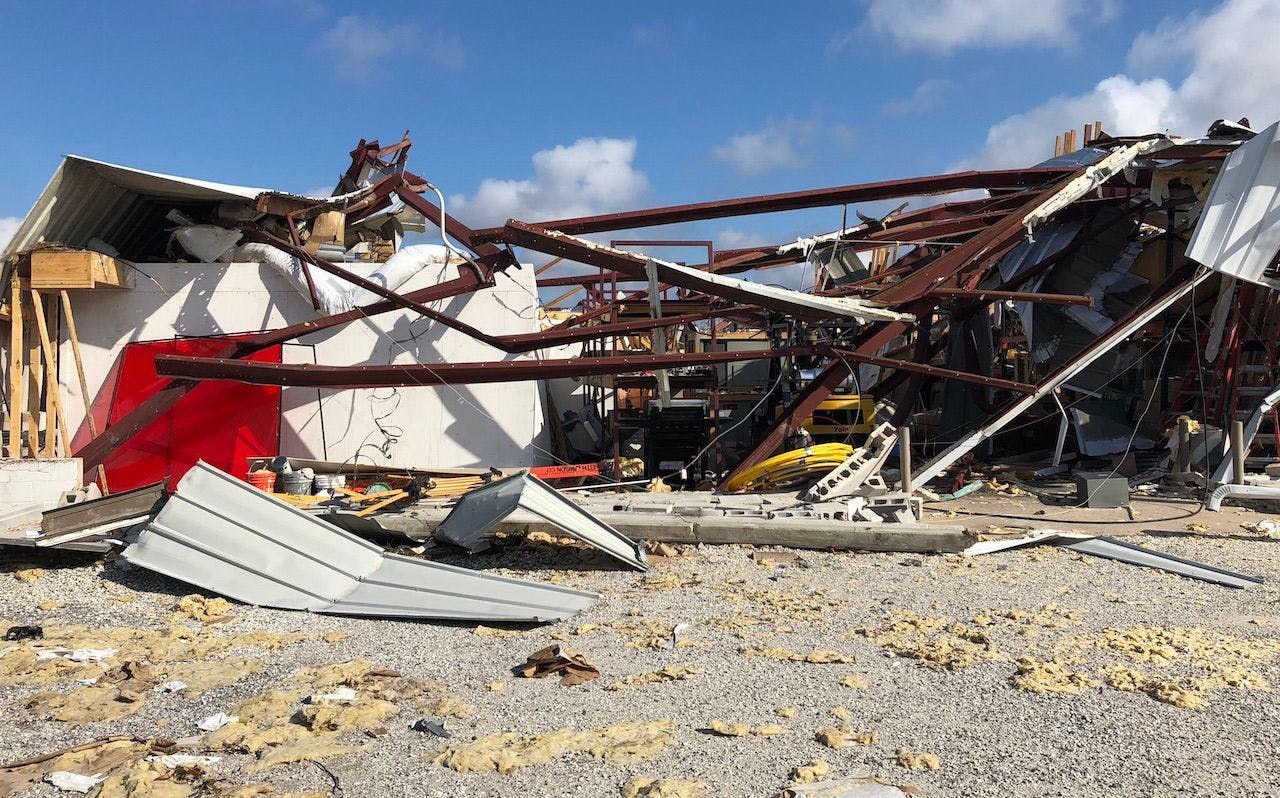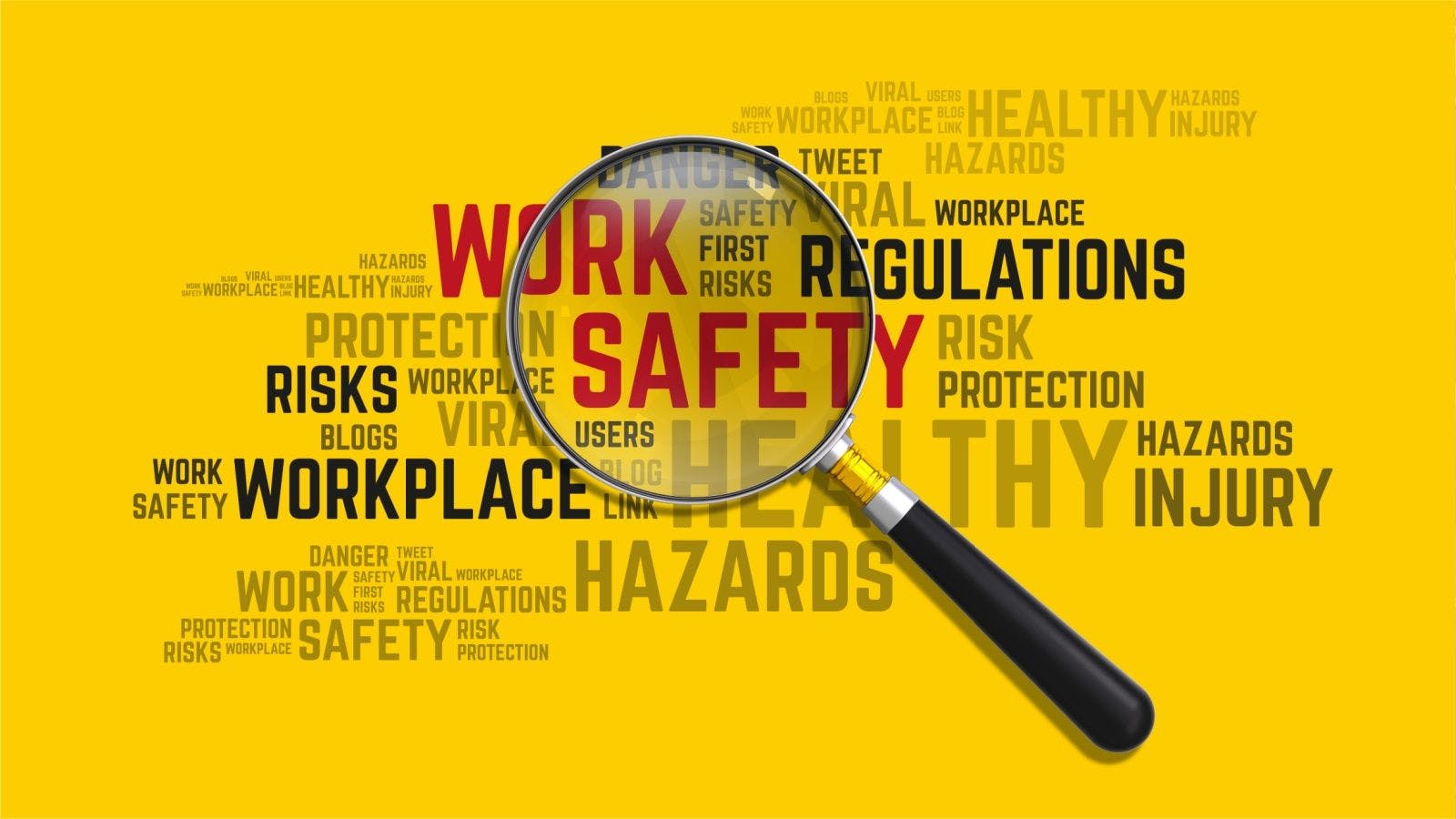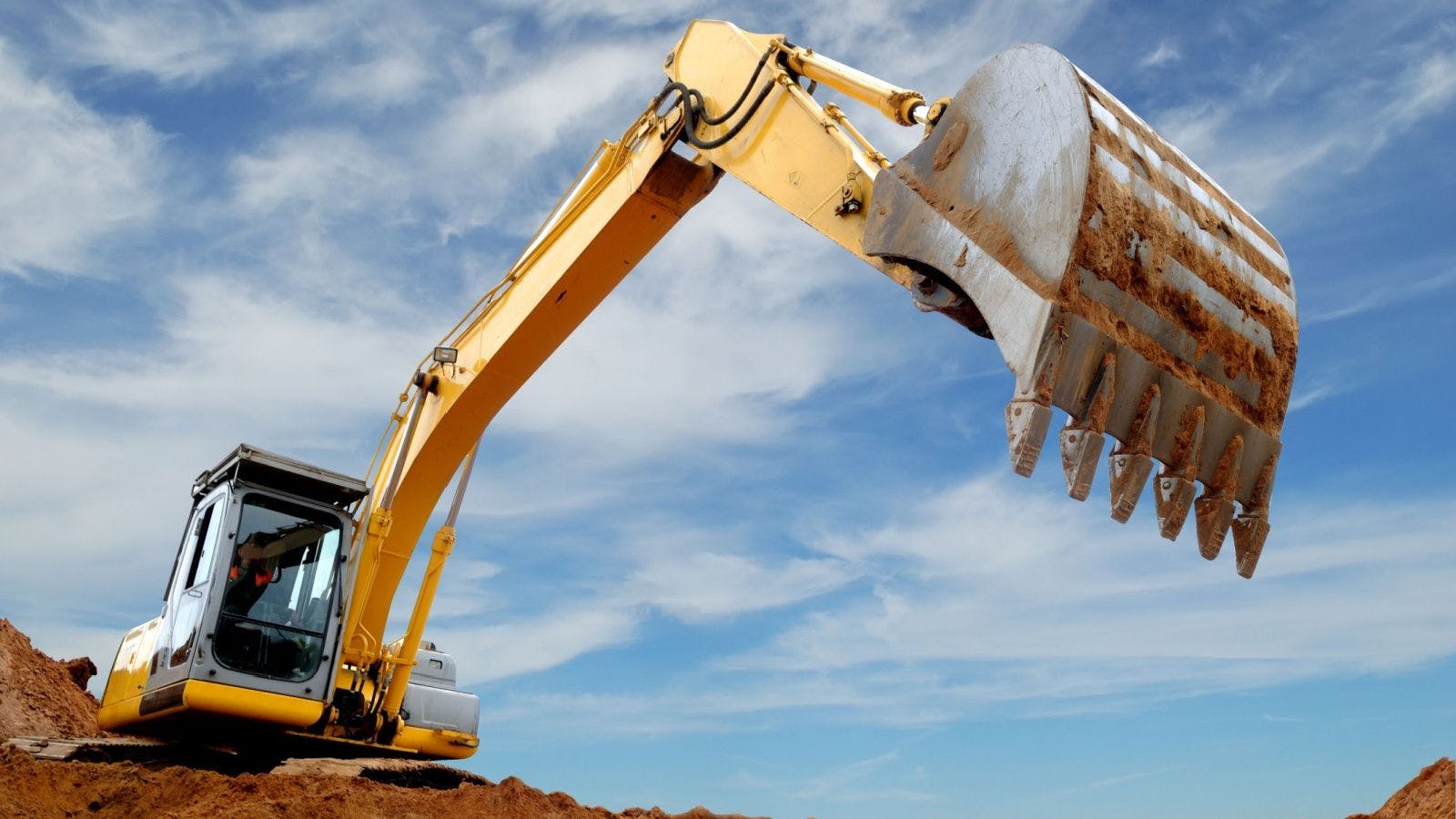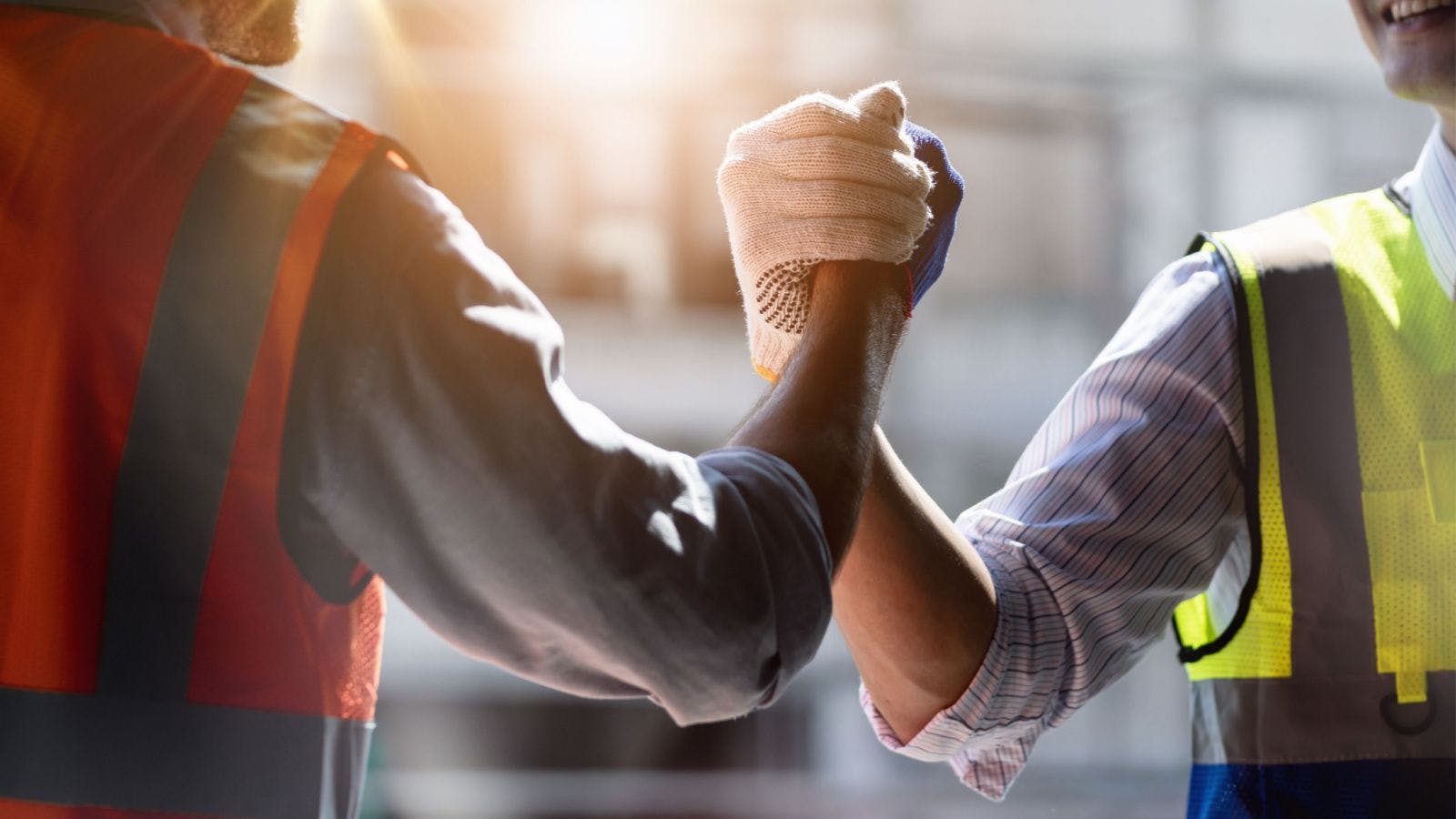
Post Hurricane Michael, a Long Road Lies Ahead for Florida’s ‘Forgotten Coast’
Nearly a month out from Hurricane Michael’s landfall, residents and businesses in the Florida panhandle are still immersed in cleanup, awaiting insurance appraisals and doing everything possible to keep employees on the payroll.
“Our heads are still swimming over here,” says Angie Brooke, president of Associated Builders and Contractors’ North Florida Chapter, located in Tallahassee. “We got a lot of tree damage, but immediately to our west, about seven counties were almost completely obliterated. There’s everything from trees on houses still, to no houses at all—just concrete foundations sitting there. It’s like a war zone driving through some of the coastal roads. It looks like a movie set that never ends.”
While much of the focus has been on Bay County communities such as Mexico Beach and Panama City, which experienced a record 20-foot storm surge, devastation also abounds to the north due to wind damage and tornados. Hurricane Michael caused at least 35 deaths, destroyed 85 miles of transmission lines, and is responsible for billions of dollars in agricultural and timber losses across Florida, Alabama and Georgia.
“So many people are living in substandard conditions right now that even a thunderstorm presents a much more dangerous situation that you’d normally have,” Brooke says. “These aren’t bustling urban areas that people are going to be leading the charge to get back up and running. It’s taxing almost every industry you can think of.”
Schools across several counties were badly damaged and remain in need of repairs. Jails are in bad shape as well, including one in Marianna that reportedly was hit by five tornados. Hospitals and county administrative offices have power, but essentially are limping along.
In Gulf County alone, more than 1,145 homes were completely destroyed and another 1,825 sustained major damage. Many residents are still waiting on insurance adjusters to show up.
Case in point: “One of my board members’ homes was severely damaged. He’s ready to start working on the house, but he didn’t want to touch anything because the insurance company hadn’t arrived yet,” Brooke reports. “People not only lost their homes, they lost their businesses. We have member companies that experienced any variety of damage from almost a complete loss to only losing some shingles.”
Keith Lawson Company, Inc. suffered a total loss of its Panama City office, which employs about 35 people doing commercial HVAC and plumbing work. After a week off after the storm to deal with personal property damage, everyone returned to a temporary office—still without power—to help get mechanical equipment in Bay County schools back up and running. Staff from the firm’s Phoenix City, Alabama, and Tallahassee, Florida, offices supplemented local crews to deal with cleanup and repairs.
“Fortunately my insurance company came and got some money to me right away,” says CEO Keith Lawson II. “Now we’re trying to go through and salvage what we can. We’re going to rebuild in the same location, but it’s going to be a long, slow process getting it back like it was.”
FEMA is in place and doing its part to give families a little bit of financial relief, but the only thing companies have access to is a small business loan. Essentially some firms are in the position of having to pay their employees to keep them on board, but they aren’t up and running so they aren’t bringing in any money.
“A handful of our members with offices in Panama City have had to rent modular buildings to operate. And they’re trying to find their employees housing so they can get a paycheck and don’t leave the company,” Brooke says.
Two Keith Lawson Company employees rendered homeless by the hurricane were transferred to the company’s Tallahassee office; everyone else is back on the job in Panama City, including about 10 new skilled laborers whose prior employers were no longer operational.
Coming off a disaster of this magnitude with no job losses is an impressive feat considering the construction industry’s existing workforce shortages and that FEMA is offering people $15/hour salaries.
“I keep telling employers to treat employees well. There are a lot of carrots being dangled, and they’re short term, but some people really need that money,” Brooke says. “Inevitably, companies will lose staff along the way. The lack of the workforce coupled with the competition for the people you do have is a substantial issue.”
In the meantime, a long road lies ahead for the region called “the forgotten coast.” The moniker is intentional: They don’t want to be the next Disney World or have high-rises like Destin, Florida. But the downside is the prevalence of older structures that were built long before updated building codes took effect—and therefore suffered substantially from flooding and wind damage.
Once the cleanup phase is over, homes and businesses will be rebuilt to a more strenuous code. Additionally, more schools may be upgraded to serve as higher-rated shelters for strong hurricanes like Michael.
“We’re anticipating a lot of new work with the rebuild,” Lawson says. “Between Tyndall Air Force Base and the schools and businesses, there’s going to be a lot out there.”
Joanna Masterson was a writer and editor for Construction Executive for more than a decade.
Related stories








